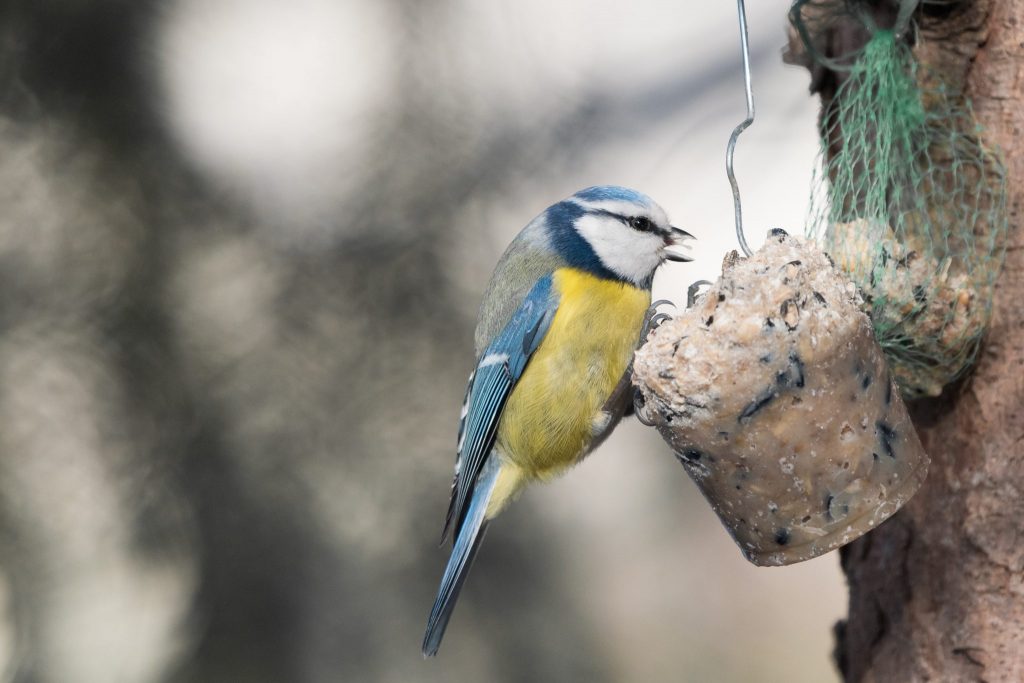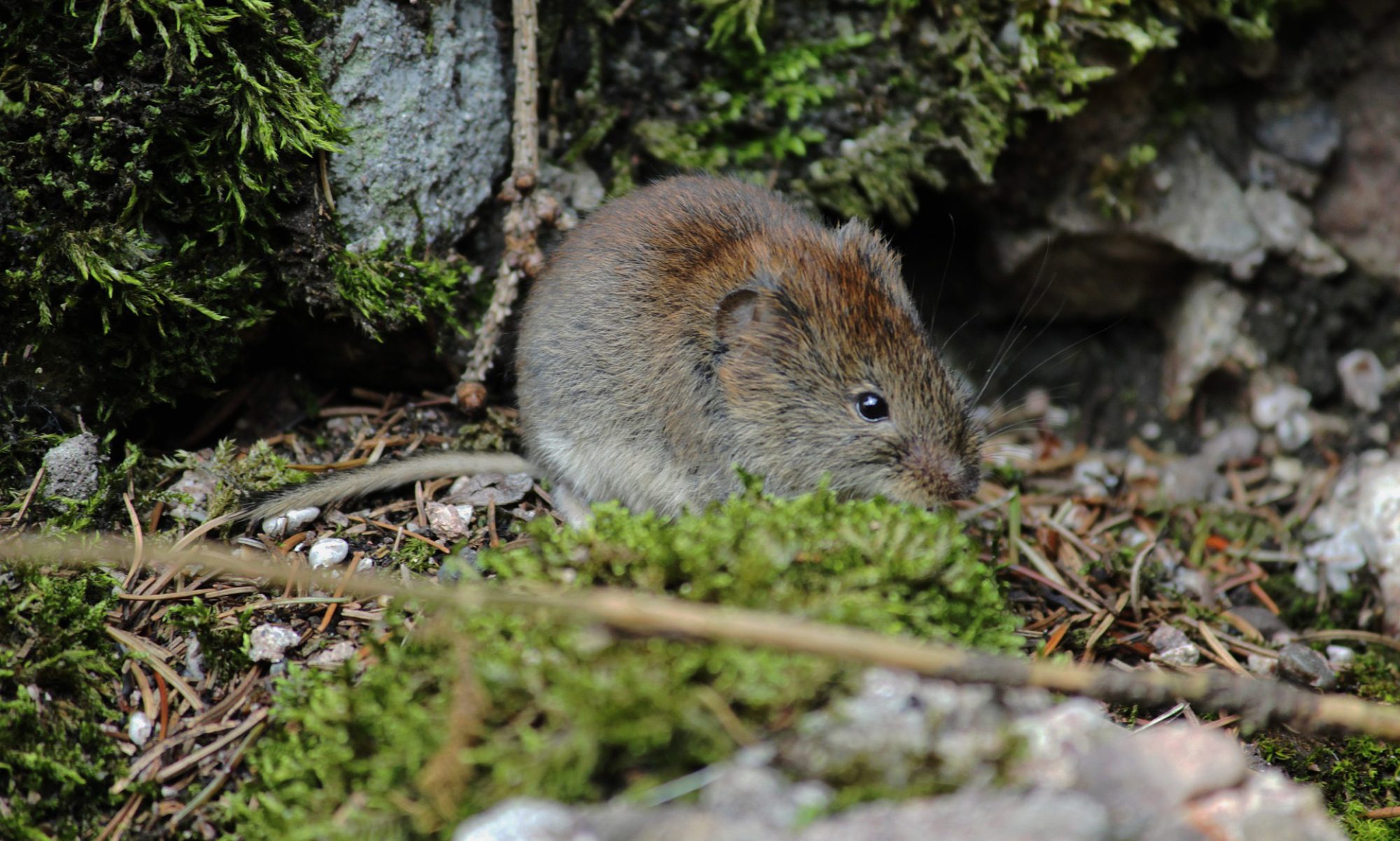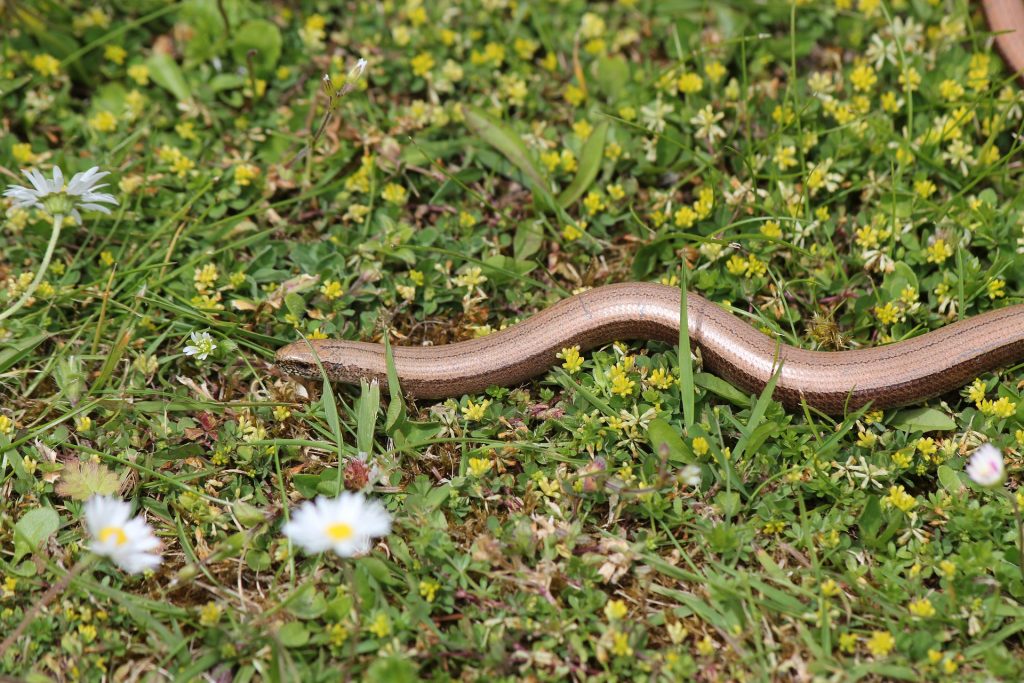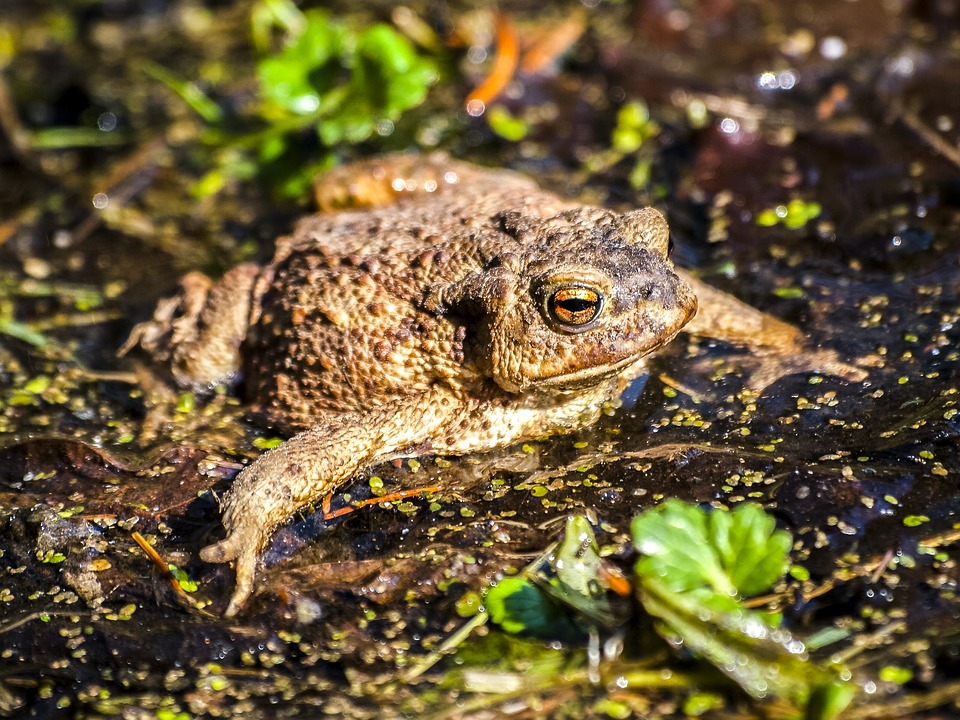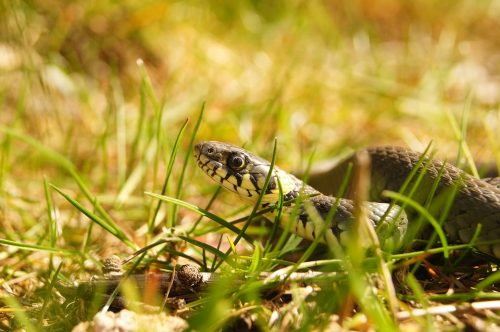We all know that having a nice garden can increase the value of a house. But did you know that gardens can also increase the value of urban habitats for wildlife? Read on to find out why gardens are increasingly important as an urban habitat!
A Winter Refuge
Did you know that cities and towns are warmer than the surrounding countryside? This means that, in winter, lots of species move into these places to shelter from the lovely UK weather. And gardens are a perfect compromise between urban comfort and rural living! If people put out food for the visiting wildlife, gardens become an even better living option!
